By using our website, you agree to the use of cookies as described in our Cookie Policy
The Boss’s Daughter
Subway Tiles: The Classic Choice That Never Goes Out of Style
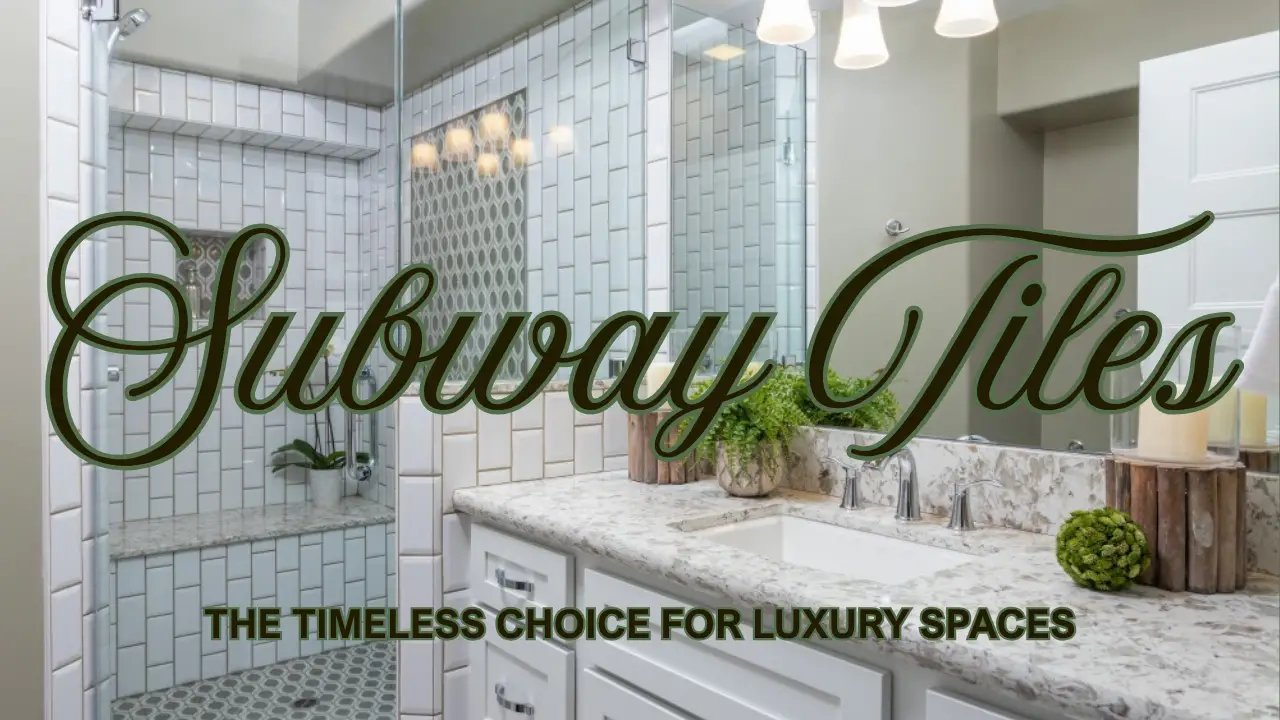
Subway Tiles: The Classic Choice That Never Goes Out of Style
Key Takeaways
-
Start neutral, build bold. Use a soft white or beige subway tile for your main field and bring in a darker, more dramatic accent wall or shower niche.
-
Play with scale. Mix 2x6 and 3x12 sizes to add depth and dimension.
-
Stack it smart. Vertical layouts add height; horizontal brick layouts keep it classic.
-
Grout makes the look. Match grout for seamless calm, or contrast for crisp definition.
-
Mind the edges. Always plan transitions, trims, and terminations before you order tile.
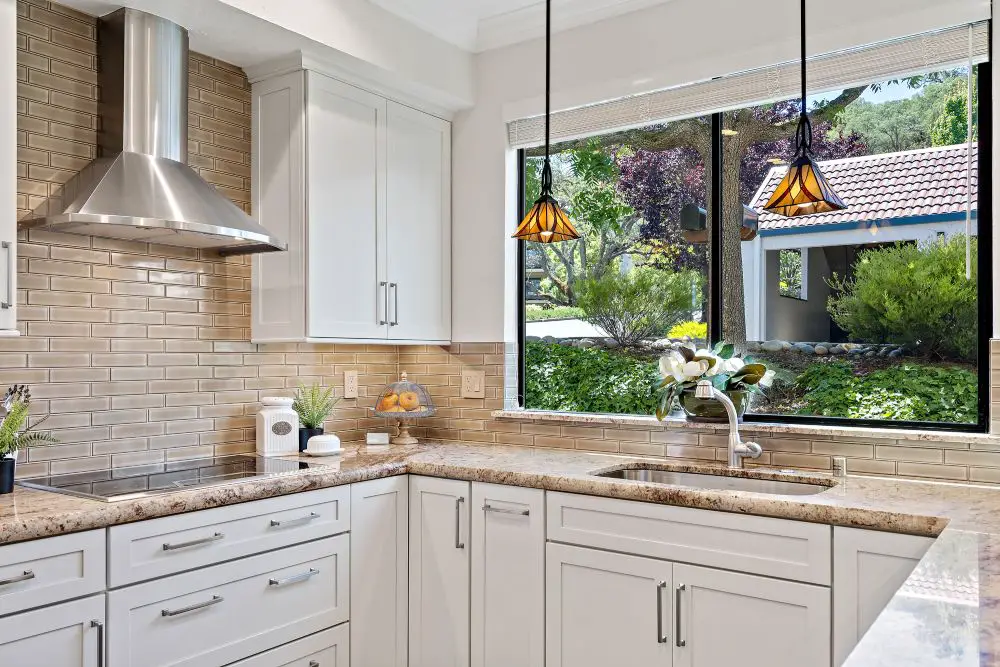
Why We Still Love Subway Tile
If any tile deserves the “timeless” title, it’s the subway tile. Born in New York’s underground stations in 1904, this simple rectangle became a design icon because of its clean lines, reflective finish, and endless adaptability. Over a century later, it’s still one of the most requested looks we install in East Bay kitchens and bathrooms.
At Toupin Construction, we use subway tile in every kind of home — from Rossmoor condos to Walnut Creek whole-home remodels — because it balances classic charm with modern simplicity. Whether you want spa-like serenity or a pop of personality, subway tile has your back (and your backsplash).
The Beauty of Versatility
Kitchens
Nothing says “clean and classic” like a white subway backsplash. It pairs beautifully with KraftMaid cabinets, quartz countertops, and brushed brass hardware.
-
For a timeless kitchen remodel, try 3x6 white subway tiles in a running bond with light gray grout.
-
Want something more modern? Go for 3x12 stacked vertically — it elongates the wall and feels contemporary.
-
Or mix it up: keep your field tile simple and use a herringbone layout behind the range for a subtle focal point.
✨ Toupin Tip: If you’re planning a backsplash, check out our guide on Exploring the Beauty of Backsplash Heights. It shows how to perfectly end a backsplash against cabinets, windows, and open walls.
Bathrooms & Showers
Subway tile in the bathroom never fails — but that doesn’t mean it has to be predictable.
We often design showers with white field tile and a contrasting focal niche, like charcoal, sea glass blue, or emerald green. The contrast defines the space without overpowering it.
For example:
-
Field Tile: 3x6 matte white ceramic
-
Niche Tile: 2x8 sea-glass blue glossy
-
Grout: White for the field, light gray for the niche
-
Trim: Brushed brass Schluter edge for warmth
???? Want to see more shower inspiration? Visit How to Choose the Right Shower Head for You or Elevate Your Bathroom Design with a Pedestal Sink for coordinating ideas.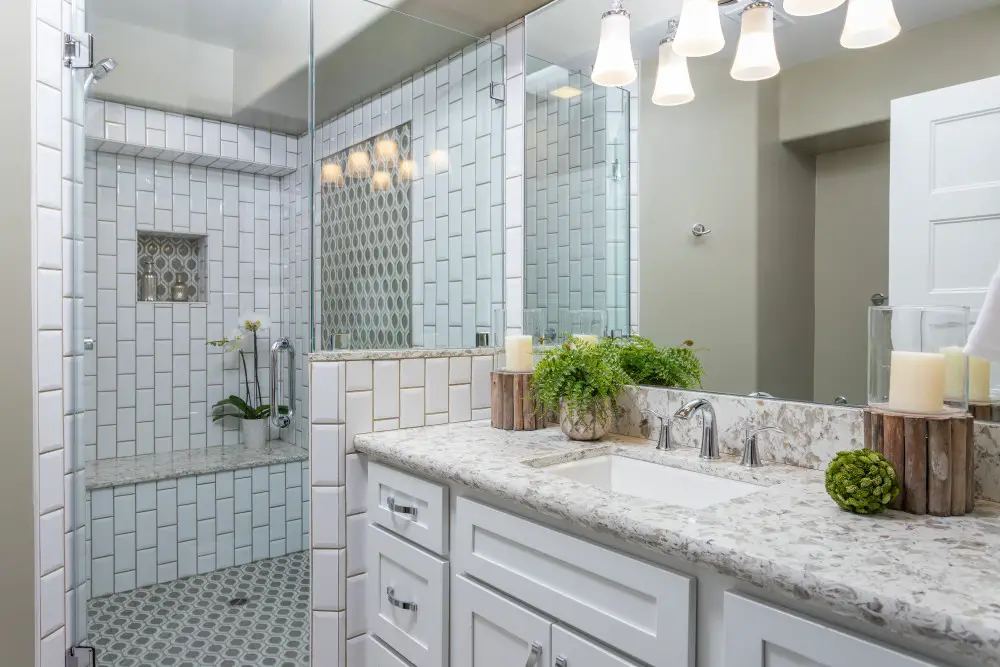
Patterns That Change the Game
| Pattern | Look & Feel | Best For |
|---|---|---|
| Running Bond (Offset) | Traditional and classic | Kitchens, timeless bathrooms |
| Stacked Horizontal | Clean and modern | Contemporary designs |
| Stacked Vertical | Adds height and drama | Small showers or powder rooms |
| Herringbone | Dynamic and upscale | Accent walls or niches |
| Chevron | Sleek and directional | Transitional kitchens |
These layout choices completely change the mood of a room — and they cost the same in materials. The creativity comes from pattern and grout.
Choosing the Right Color & Finish
Subway tile isn’t just white anymore. The market now offers hundreds of shades, from moody forest green to soft blush pink. Still, the secret to a pulled-together design lies in pairing neutrals with contrast.
Classic Combos We Love:
-
White Field + Navy Niche: Fresh, coastal feel
-
Soft Gray Field + Black Grout: Industrial edge
-
Beige Field + Cream Grout: Warm and seamless
-
Blue Field + White Grout: Vibrant and clean
Finish also changes the vibe:
-
Glossy: Reflects light, brightens small spaces
-
Matte: Soft, modern, and hides water spots
-
Beveled Edge: Adds shadow and texture
-
Flat Edge: Minimalist and crisp
Grout: The Unsung Hero
Grout color can completely transform subway tile. A matching grout (white on white) feels airy and seamless, while a contrasting grout (gray on white) emphasizes pattern and structure.
-
For a timeless kitchen, go white tile with light gray grout.
-
For a retro bathroom, try mint tile with dark gray grout.
-
For low-maintenance areas, use epoxy grout — it resists stains, mold, and water damage.
???? Related Read: Why Epoxy Grout Is the Gold Standard in Construction.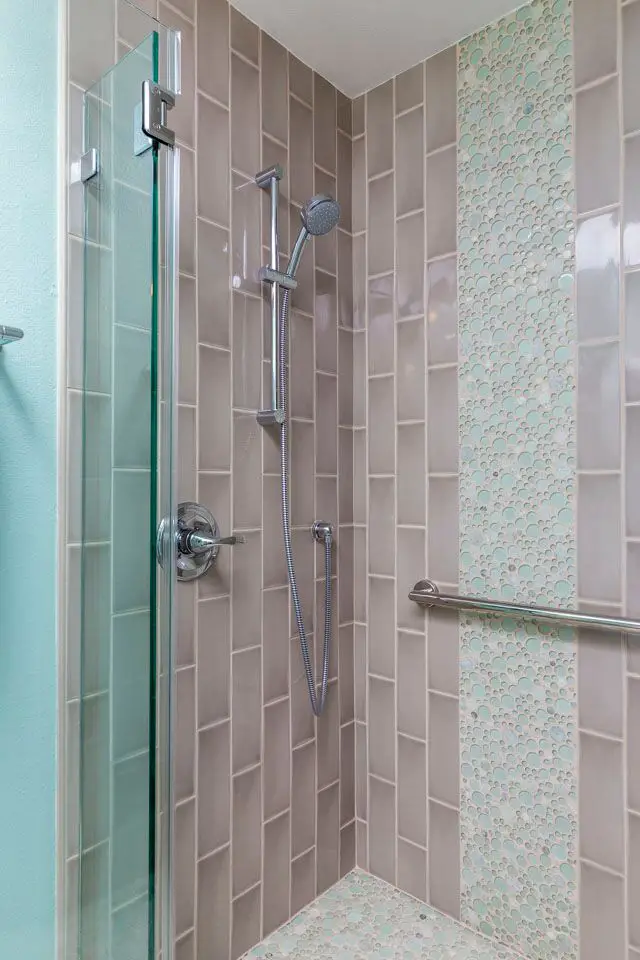
Size & Scale: Small Adjustments, Big Impact
| Tile Size | Effect | Where It Works |
|---|---|---|
| 2x6 | Traditional subway scale | Historic homes, small kitchens |
| 3x6 | The “original” subway | Most kitchens & baths |
| 2x8 | Slightly longer, more modern | Showers & vertical stacks |
| 3x12 or 4x12 | Sleek and modern | Open kitchens, tall showers |
Smaller tiles have more grout lines, which can make a space feel textured. Larger tiles reduce grout lines for a cleaner, more modern look.
Installation & Trim Planning
Before you order, confirm:
-
Tile size and finish (glossy, matte, beveled)
-
Grout width (⅛" for classic, 1⁄16" for modern)
-
Edge trim (bullnose, Schluter, or metal)
-
Layout and termination points
-
Waterproofing method (especially in showers)
???? Pro Tip: Always dry-lay a few rows before install to visualize proportions and check how your pattern hits outlets, corners, and windows.
Mixing & Matching Subway Tiles
If you love subway but crave a custom look, mix materials:
-
White ceramic + marble hex niche
-
Glass subway + ceramic field tile
-
Gloss + matte of the same color
-
Horizontal in the main space + vertical in the niche
This is how we create those “designer” moments that make a remodel look high-end without a high-end price tag.
Check out Budget-Friendly Remodeling: Big Style, Smart Spending for more ways to make your tile budget go further.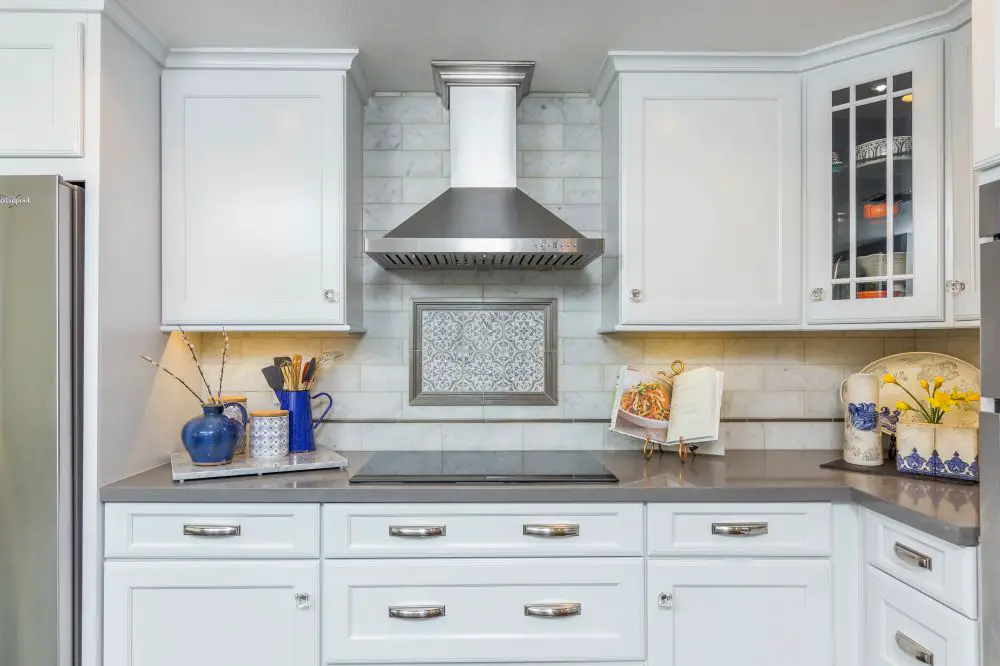
Cost Guide: Subway Tile Breakdown
| Category | Cost per sq. ft. | Notes |
|---|---|---|
| Tile Material | $3 – $12 | Ceramic is most affordable; handmade or glass costs more |
| Grout & Trim | $1 – $3 | Epoxy grout and Schluter trim increase cost |
| Labor | $10 – $25 | Depends on pattern, layout, and prep |
| Total Installed | $14 – $40 per sq. ft. | Based on Bay Area averages |
???? Related Resource: Bathroom Remodel Cost: What to Expect in the East Bay and Rossmoor
Maintenance & Cleaning
Subway tile is famously easy to care for.
-
Wipe with a mild cleaner or vinegar-water mix.
-
Avoid harsh abrasives that scratch glaze.
-
Reseal grout every 1–2 years (unless epoxy).
For natural stone variations, use pH-neutral cleaners and reseal regularly.
FAQ
Q: What size subway tile works best for small bathrooms?
A: 2x6 or 3x6 tiles keep the scale classic. Use vertical stacking to make ceilings feel taller.
Q: Glossy or matte for showers?
A: Glossy brightens, matte hides spots — both are waterproof when installed correctly.
Q: How do I choose grout color?
A: Contrast grout defines pattern; matching grout softens it. Try samples before deciding.
Q: Can I combine subway with other shapes?
A: Yes! Hexagons, chevrons, and herringbones work great as accents.
Q: Do I need to seal subway tile?
A: Ceramic and porcelain typically don’t need sealing — only natural stone and some grouts.
Final Thoughts: Classic Meets Custom
Subway tile will always have a place in design — not because it’s safe, but because it’s flexible. You can modernize it, personalize it, or layer it into the background. Whether you’re designing your dream shower or your next kitchen backsplash, this humble tile still delivers endless style per square inch.
‹ Back



Comments